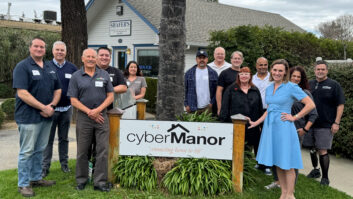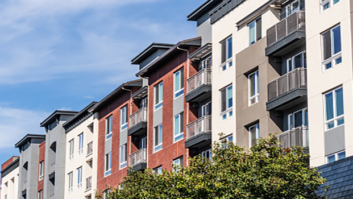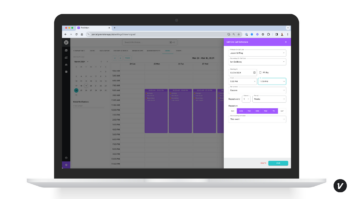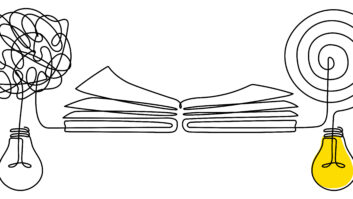
We’ve been obsessed with Brad Hams and his book Ownership Thinking: How to End Entitlement and Create a Culture of Accountability, Purpose, and Profit. Since last Fall, we’ve been working on eliminating waste at Livewire and wanted to update you on our progress to date.
I promised a report in April about our last Rapid Improvement Plan (RIP) around re-work (trips we couldn’t bill the client for). I’m happy to report we reduced re-work by almost 50 percent and paid out over $5000 in self-funded incentives to our employees at the end of Q1. I’m blown away that we were able to achieve such huge gains, and all the credit goes out to our Ownership Thinking Steering Committee made up of volunteers throughout Livewire.
Also by Henry Clifford: Rapid Improvement Plan
This next quarter is all about completing jobs under hours sold. Many of our projects are fixed price, and our profit shoots through the roof if we’re able to complete a ten-hour job in eight hours. We’ve struggled to make much headway in this area for a few reasons. First and foremost, we haven’t made the numbers meaningful and understandable to our team. Second, we’ve never focused on a single metric such as this every week and linked it to an incentive plan. Thanks to some quick math, our own Jonathan Frye was able to present the following to our team last week:
- On average 11.5 percent of the hours worked on our projects are not being billed to the client.
- At $100 per man-hour, this costs us $47,500 per quarter in lost revenue.
- That’s $190,000 per year!
That stark language did the trick. Since we’ve now had two successful RIPs that are starting to translate into real dollars for our employees, Jonathan had everyone’s attention. Once he’d clarified the cost side (our pain point), he did a great job pivoting to what it would mean to each team member if we’re able to improve our performance. Since we’re currently working 11.5 percent more hours than we sell, getting to even (0 percent) would be amazing. A modest 2.5 percent increase in our “billability” nets the team $1750 on top of the existing RIP payouts at the end of Q2. That could represent almost $400 per employee at the end of Q2. It’s fun watching the RIPs start to stack up together and everyone sharing in the reward. From a business perspective, the RIP incentive programs are completely self funded, so there’s no concern about cannibalizing profits. This is all found money, and 100 percent of it goes straight to our bottom line.
Also by Henry Clifford: Rapid Improvement Plan: Doing The Job Right The First Time
What are you doing in your company to incent great performance and eliminate waste? I can’t wait to write our next update installment in early July.
Stay frosty, and see you in the field.







